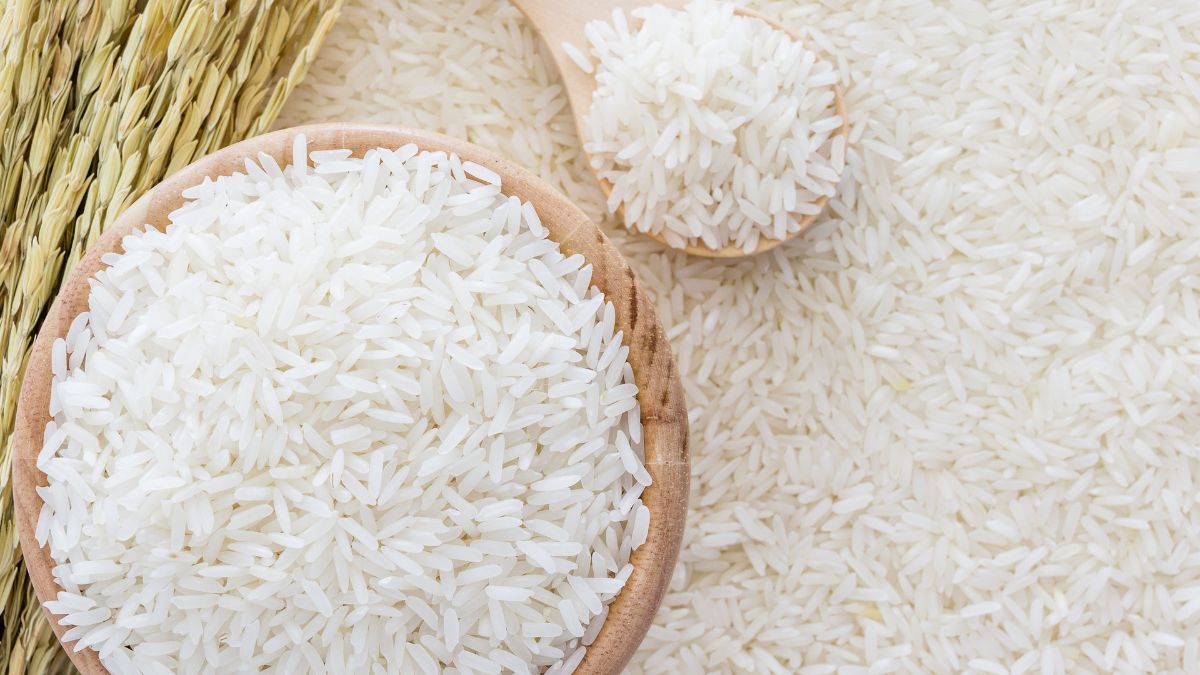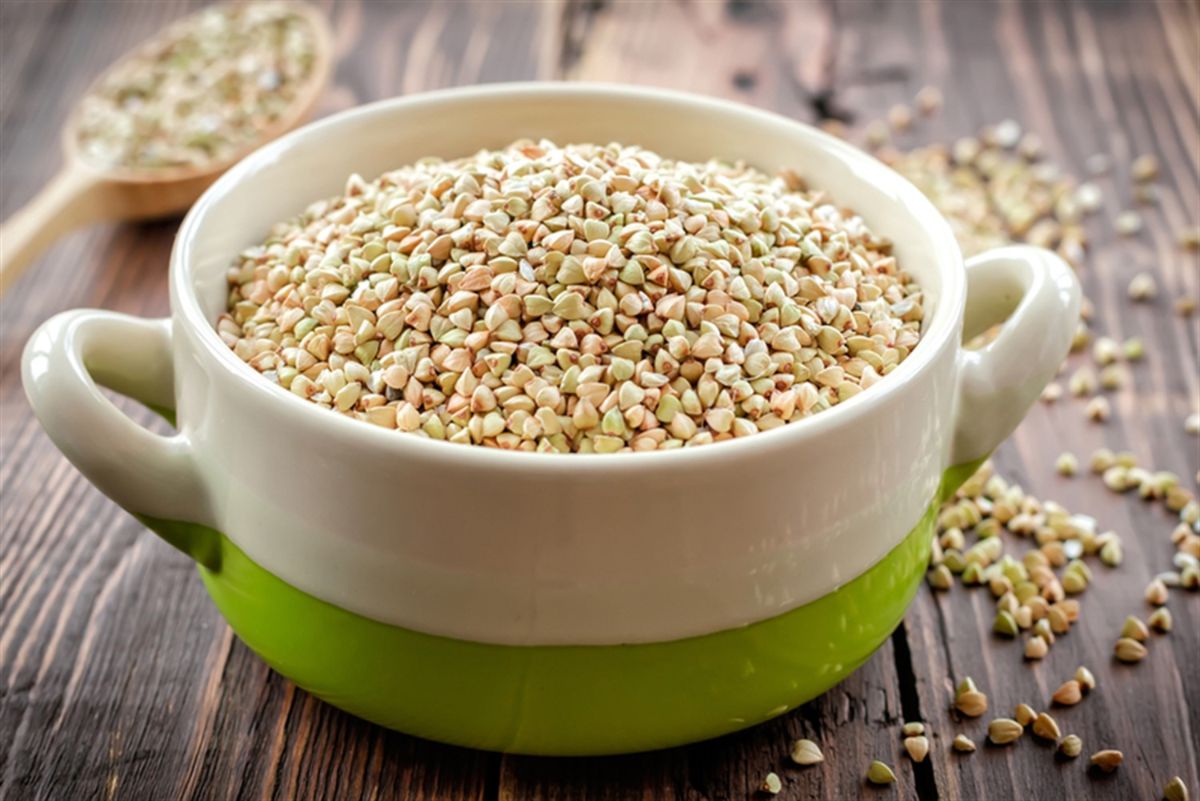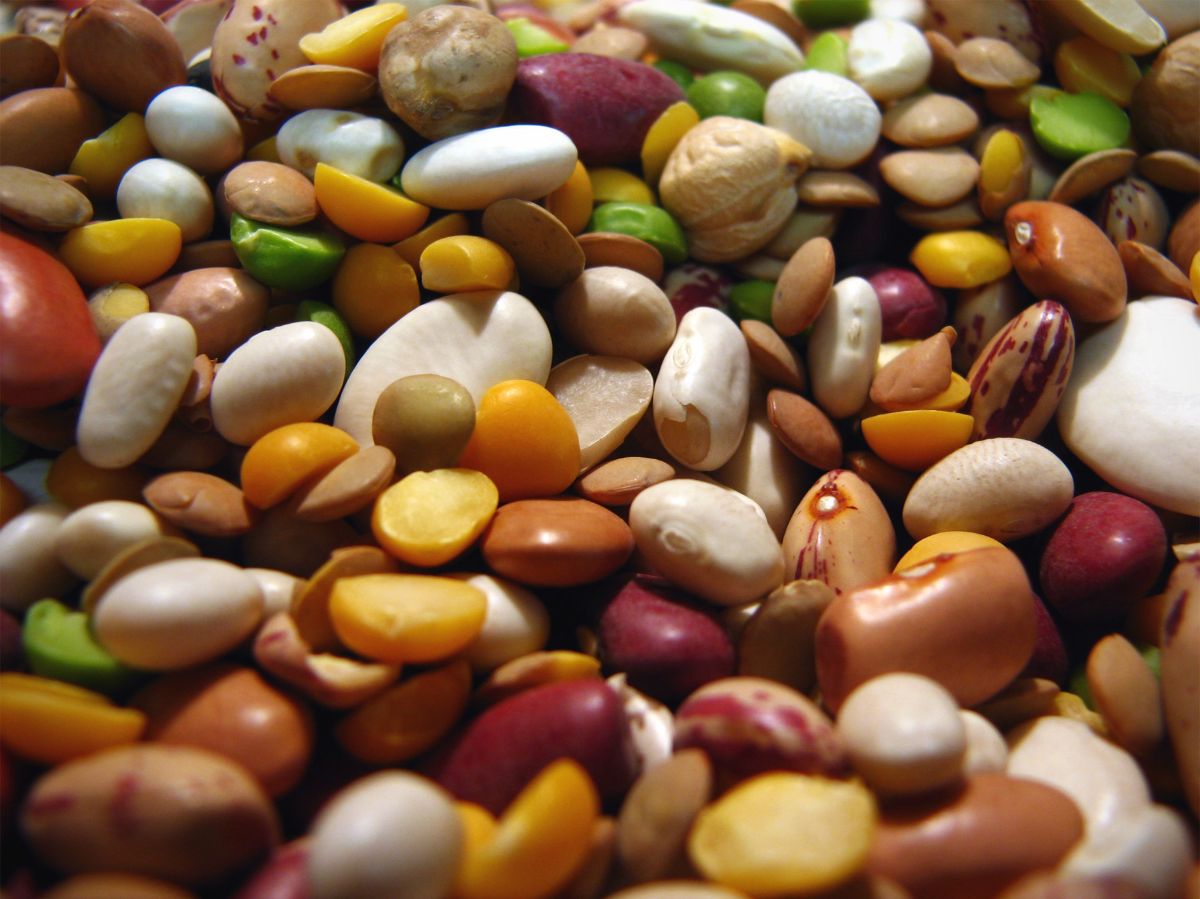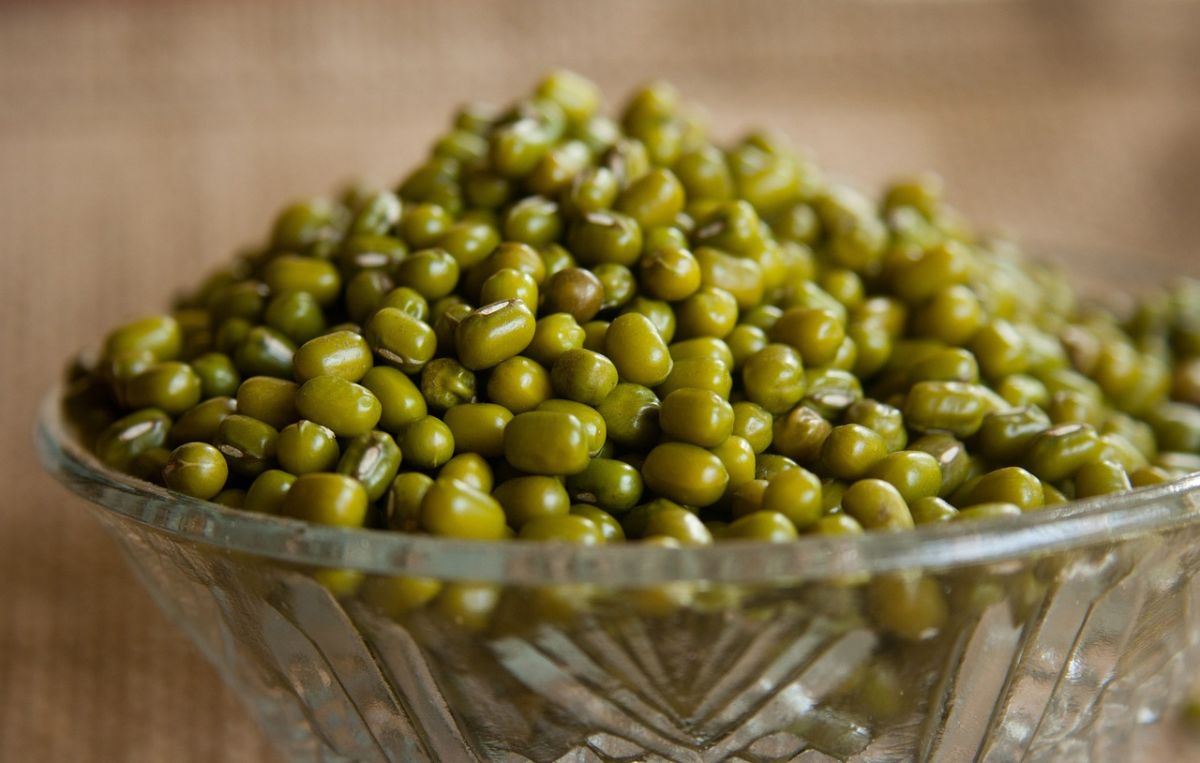Top 4 most Beneficial rice varieties for Human Health
Rice is the oldest cereal crop, which is a staple food in many countries of the world.
There are many varieties of rice that differ in color, taste and nutritional value.
Each variety of rice is different not only from a culinary point of view, but also from a medical point of view, as it contains unique nutrients and, therefore, has a different effect on human health.
4 best varieties
Below are 4 varieties of rice, which can be safely called the most useful.
1. Brown (brown)
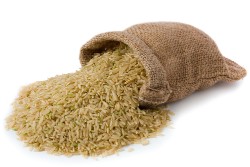 Brown rice is whole grain unpolished rice without an outer shell. Unlike white rice, it does not undergo grinding and contains more fiber and nutrients.
Brown rice is whole grain unpolished rice without an outer shell. Unlike white rice, it does not undergo grinding and contains more fiber and nutrients.
The product contains many natural antioxidants (apigenin, quercetin, luteolin). These substances inhibit the activity of chronic inflammation and protect the body's cells from the effects of free radicals, during which their malignant degeneration or death is observed.
Regular consumption of foods rich in antioxidants, reduces risk the development of malignant tumors, type II diabetes mellitus and a number of cardiovascular pathologies (coronary heart disease, hypertension, etc.).
Brown rice is also rich in carbohydrates and dietary fiber , which are extremely important for the proper functioning of the digestive system.
An abundance of fiber and protein leads to a rapid overflow of the stomach, which reduces the severity of hunger and can be used as a dietary strategy aimed at weight loss.
Brown rice varieties have a small (compared to white) glycemic index and do not cause sudden spikes in blood sugar. According to American scientists, brown rice can be included in the diet of patients with diabetes mellitus. It is also rich in magnesium, which regulates insulin metabolism in the body.
2. Black
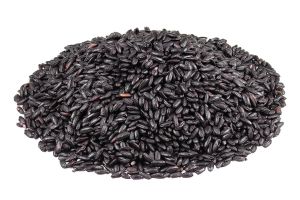 These rice varieties (Indonesian, jasmine, nero) are distinguished by the bright black color of the grains. When cooking, they take on a specific purple color.
These rice varieties (Indonesian, jasmine, nero) are distinguished by the bright black color of the grains. When cooking, they take on a specific purple color.
Research show that black rice has the highest antioxidant activity among all known varieties.
He effective not only in order to prevent chronic diseases and cancer, but also neurodegenerative pathologies (Alzheimer's, Pick's, Parkinson's disease).
Underlined the ability of dark rice to prevent all forms of cancer, especially malignant degeneration of cells of the colon and rectum, as well as mammary glands for women.
3. Red
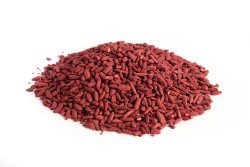 Red and pink rice varieties (ruby, Samarkand, Himalayan and Thai) abound in various biologically active substances.
Red and pink rice varieties (ruby, Samarkand, Himalayan and Thai) abound in various biologically active substances.
They are rich in protein and fiber (compared to white and black rice), as well as antioxidant components (anthocyanins, apigenin, myricetin, quercetin).
Japanese researchers claim that red rice can be used to reduce the risk of developing chronic diseases such as type II diabetes mellitus and hypertension.
4. Wild
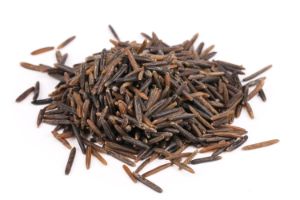 From a biological point of view, wild rice is an aquatic plant, but it is used in cooking as grains of ordinary rice.
From a biological point of view, wild rice is an aquatic plant, but it is used in cooking as grains of ordinary rice.
He has it contains about 3 times more dietary fiber than white rice, which makes it effective in maintaining the processes of digestion and normalization of intestinal microflora.
Chinese scientists, through animal experiments, installed that wild rice is able to:
- Reduce total cholesterol and its atherogenic fractions (TAG);
- Improve the course of diabetes mellitus or prevent its development (by reducing insulin resistance);
- Reduce the risk of developing oncological and cardiological diseases.
Wild rice is about 30 times surpasses is white in antioxidant activity, and also contains large amounts of manganese, magnesium and B vitamins.
Less useful options
This group includes white rice and packaged mixes. They contain significantly less nutrients and in some cases can cause harm to the body.
1. White rice
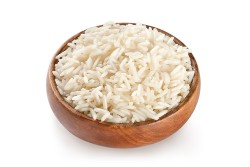 White rice is a highly processed grain that lacks the outer shell, bran and germ, which are removed during industrial processing. This leads to a significant decrease in the amount of vitamins, minerals and antioxidants, and also almost completely deprives the grain of dietary fiber.
White rice is a highly processed grain that lacks the outer shell, bran and germ, which are removed during industrial processing. This leads to a significant decrease in the amount of vitamins, minerals and antioxidants, and also almost completely deprives the grain of dietary fiber.
According to the data scientists from the USA, white rice has a high glycemic index and leads to a sharp increase in blood glucose levels. This property prohibits its use in type II diabetes mellitus.
Also, ground rice, when added to food in excessive amounts, can increase the risk of coronary heart disease and hypertension. This is due to the fact that the product is able to increase the level of cholesterol and glucose in the blood.
2. Packaged mixes
 Adapted rice mixtures, often, contain
a large amount of salt, as well as dyes, preservatives, flavor enhancers and other chemicals. The concentration of biologically active substances is lower than in white rice.
Adapted rice mixtures, often, contain
a large amount of salt, as well as dyes, preservatives, flavor enhancers and other chemicals. The concentration of biologically active substances is lower than in white rice.
Excess salt can cause an increase in blood pressure (which adversely affects the condition of people suffering from hypertension).
The abundance of artificial substances added to the mixture casts doubt on the benefits of the product itself. Scientists recommend limit their consumption as much as possible.
Which one should I choose in a toga?
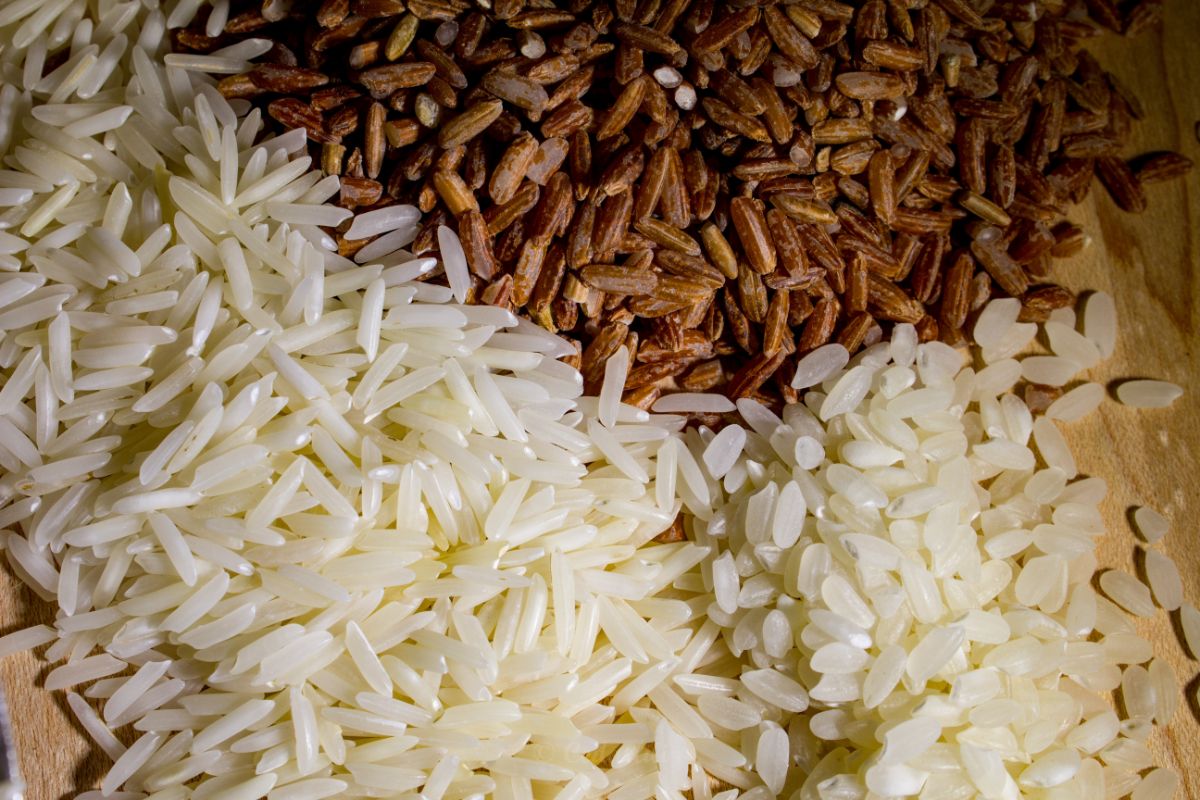
Although white rice is useful in small amounts, it is recommended to replace it with whole grains: brown, black, red or wild.
Eating whole rice grains More healthy . Numerous studies ( 1 , 2 , 3 , 4 ) confirm their high effectiveness in comparison with white rice for prevention purposes:
- Of type II diabetes mellitus;
- Obesity;
- Cardiovascular diseases;
- Malignant neoplasms;
- Depression and other mental disorders.
And if we take into account the fact that brown rice is the most scientifically studied (more large-scale studies have been conducted) and more accessible on store shelves, then it should be preferred.
When choosing rice, it is also recommended to take into account the range of dishes for which it will be used in the future. For example:
- Kruglozerny – for baking pies;
- Long grain – for cooking pilaf or porridge;
- Steamed – as a side dish for meat or fish dishes;
- Arborio – for risotto and porridge;
- Basmati – perfectly combined with any dishes of Oriental cuisine (especially with pilaf);
- Wild – for making salads and as a side dish;
- Japonica – perfect for sushi;
- Krasnodar – soups and milk porridges;
- Indica – usually used for side dishes, salads or pilaf.
Conclusion
There are many varieties of rice that differ from each other in organoleptic characteristics, the content of valuable substances and useful properties. The most valuable are the following whole-grain varieties: brown, red, wild and black rice.

